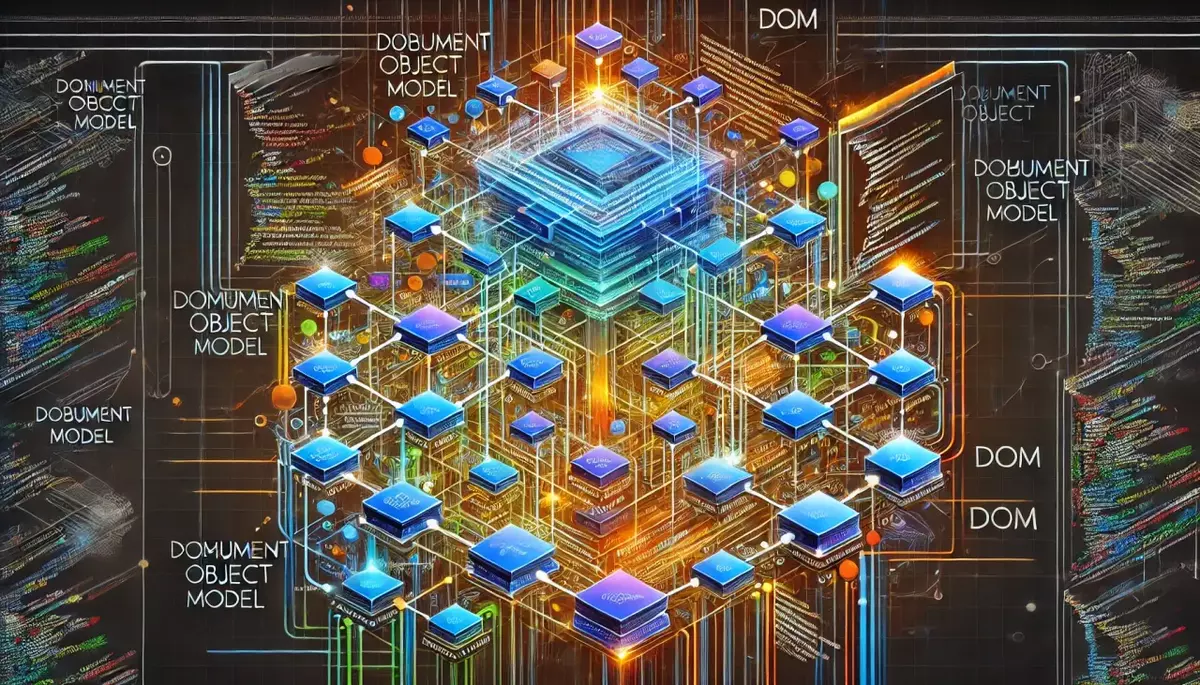Introduction
Explainable neural networks (XNNs) are a class of machine learning models that aim to provide transparency and interpretability to the decision-making process of deep neural networks. In contrast to traditional “black box” neural networks, XNNs strive to explain their inner workings and the reasoning behind their predictions, making them more accessible and trustworthy for a wide range of applications.
What are Explainable Neural Networks?
Explainable neural networks are a type of deep learning model that incorporates mechanisms to explain their decision-making process. These models are designed to provide insights into how they arrive at their predictions, allowing users to understand and trust the model’s outputs.
Key Characteristics of Explainable Neural Networks:
- Transparency: XNNs aim to make the inner workings of the neural network more transparent, revealing the factors and relationships that contribute to the model’s decisions.
- Interpretability: XNNs provide explanations that are understandable to human users, enabling them to comprehend the reasoning behind the model’s predictions.
- Trustworthiness: By providing explanations, XNNs can increase the trust and confidence in the model’s outputs, particularly in critical applications where accountability is essential.
Techniques for Explainable Neural Networks
Several techniques have been developed to make neural networks more explainable, including:
Attention Mechanisms:
Attention-based models highlight the most relevant features or inputs that contribute to the model’s predictions, providing insights into the decision-making process.
Layer Visualization:
Visualizing the activations and feature representations at different layers of the neural network can help understand how the model is processing and transforming the input data.
Saliency Maps:
Saliency maps identify the most important regions or features in the input data that have the greatest influence on the model’s predictions.
Concept Activation Vectors:
Concept activation vectors quantify the degree to which specific high-level concepts are present in the model’s internal representations, providing a more interpretable explanation of the model’s decision-making.
Applications of Explainable Neural Networks
Explainable neural networks have a wide range of applications across various domains:
Healthcare:
XNNs can help medical professionals understand the reasoning behind diagnostic predictions, enabling more informed decision-making and increased trust in the model’s outputs.
Finance:
XNNs can provide explanations for credit decisions, investment recommendations, and risk assessments, improving transparency and accountability in the financial sector.
Autonomous Vehicles:
XNNs can explain the reasoning behind the decisions made by self-driving cars, enhancing safety and public trust in the technology.
Legal and Regulatory Compliance:
XNNs can help ensure that automated decision-making systems comply with legal and ethical standards by providing transparent explanations for their outputs.
Challenges and Limitations
While explainable neural networks offer significant benefits, they also face several challenges and limitations:
Model Complexity:
Explaining the decision-making process of complex neural networks can be challenging, as the models may rely on intricate relationships and patterns that are difficult to interpret.
Trade-off with Performance:
Incorporating explainability mechanisms into neural networks may sometimes come at the cost of reduced model performance, as the model may need to balance accuracy with interpretability.
Data Limitations:
The quality and representativeness of the training data can impact the explanations provided by XNNs, as the model’s understanding is inherently limited by the data it has been exposed to.
Future Directions
The field of explainable neural networks is rapidly evolving, and researchers are exploring various avenues to address the current challenges and limitations:
Advancements in Interpretability Techniques:
Ongoing research aims to develop more sophisticated and effective techniques for explaining the decision-making process of neural networks, balancing accuracy, transparency, and interpretability.
Integrating Domain Knowledge:
Incorporating domain-specific knowledge and constraints into the design of XNNs can enhance their explanatory power and make the explanations more meaningful and relevant to the problem at hand.
Ethical and Regulatory Considerations:
As XNNs become more widely adopted, there is a growing need to address ethical and regulatory concerns, such as ensuring fairness, privacy, and accountability in the use of these models.
Conclusion
Explainable neural networks represent a significant advancement in the field of deep learning, providing transparency and interpretability to the decision-making process of complex models. By offering insights into how these models arrive at their predictions, XNNs can enhance trust, accountability, and responsible use of artificial intelligence in a wide range of applications. As the field continues to evolve, the development of more powerful and reliable XNNs will be crucial for the widespread adoption and ethical deployment of neural networks in real-world scenarios.
This knowledge base article is provided by Fabled Sky Research, a company dedicated to exploring and disseminating information on cutting-edge technologies. For more information, please visit our website at https://fabledsky.com/.
References
- Adadi, A., & Berrada, M. (2018). Peeking inside the black-box: A survey on Explainable Artificial Intelligence (XAI). IEEE Access, 6, 52138-52160.
- Gilpin, L. H., Bau, D., Yuan, B. Z., Bajwa, A., Specter, M., & Kagal, L. (2018). Explaining explanations: An overview of interpretability of machine learning. In 2018 IEEE 5th International Conference on data science and advanced analytics (DSAA) (pp. 80-89). IEEE.
- Guidotti, R., Monreale, A., Ruggieri, S., Turini, F., Giannotti, F., & Pedreschi, D. (2018). A survey of methods for explaining black box models. ACM computing surveys (CSUR), 51(5), 1-42.
- Molnar, C. (2020). Interpretable machine learning. Lulu. com.
- Ribeiro, M. T., Singh, S., & Guestrin, C. (2016). “Why should I trust you?” Explaining the predictions of any classifier. In Proceedings of the 22nd ACM SIGKDD international conference on knowledge discovery and data mining (pp. 1135-1144).


























